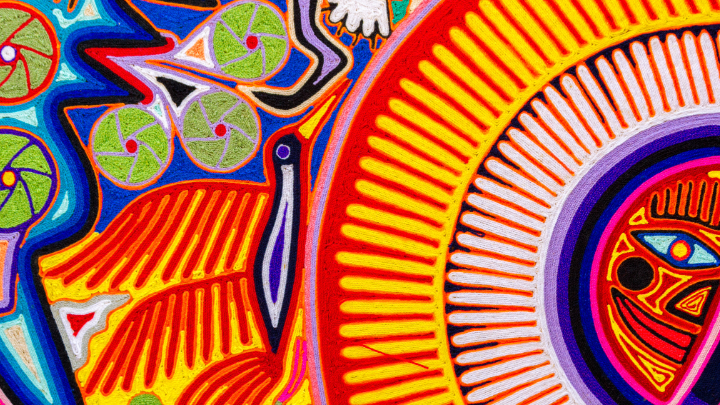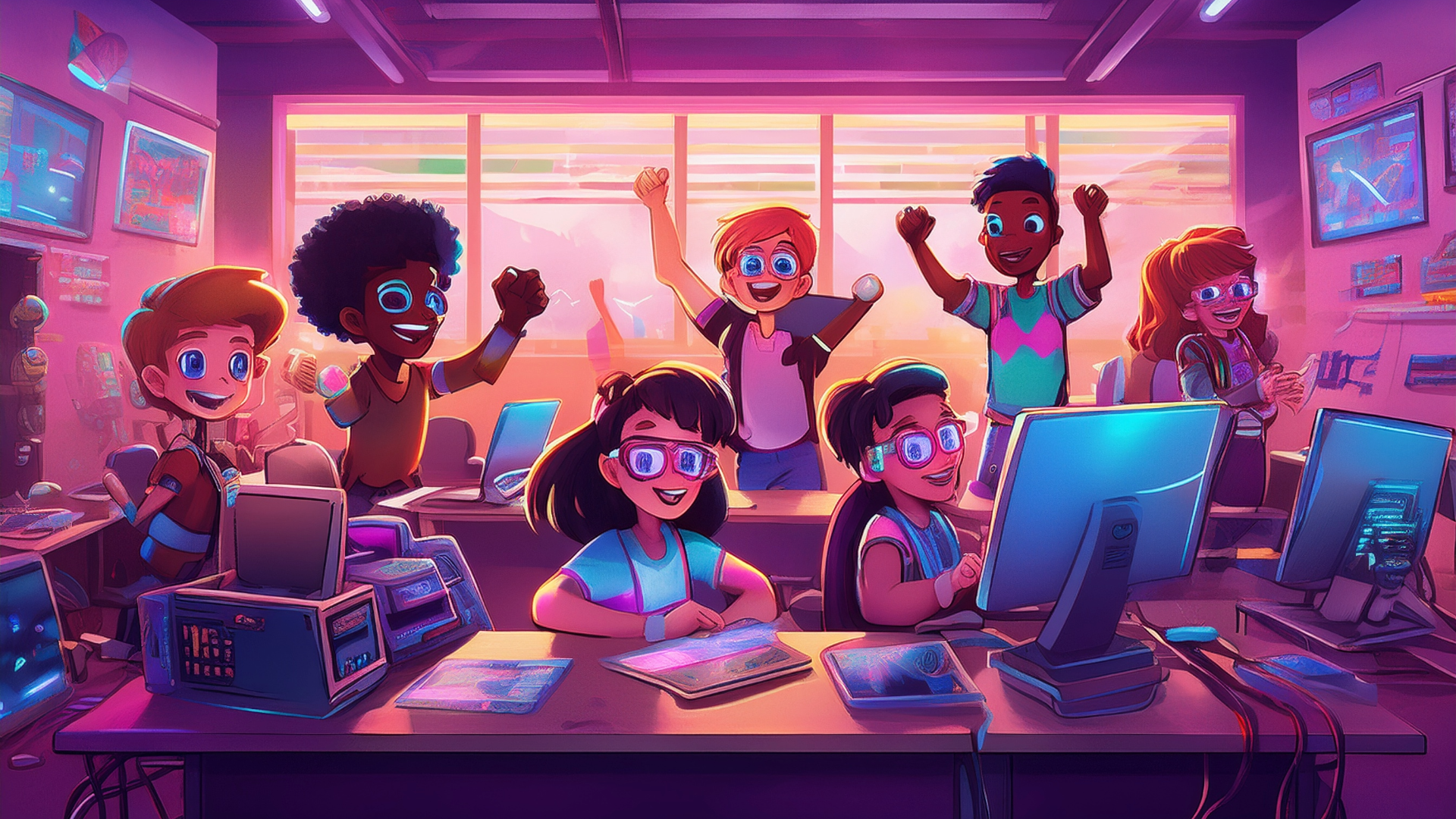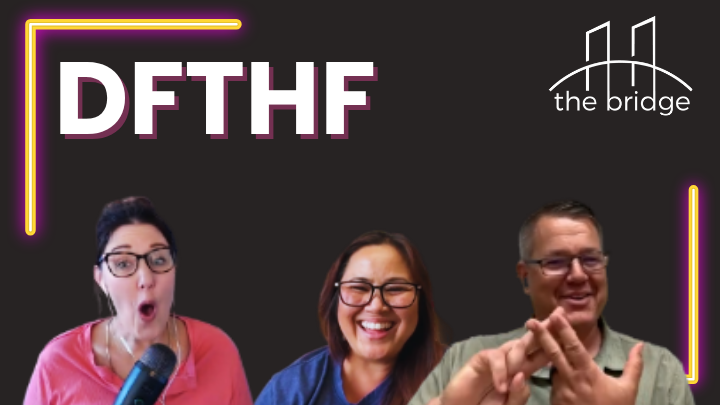2 min read
Rethinking the Story: Indigenous Voices Your Students Need to Hear
Cate Tolnai : Oct 12, 2025 4:00:00 AM

THE BRIDGE ISSUE 15 - october 12, 2025
October brings Indigenous Peoples’ Day — a powerful opportunity for educators to pause, reflect, and expand the voices we center in our classrooms.
Too often, Indigenous representation in schools gets confined to history units or stereotypical images from the past.
But our students need to know this truth: Indigenous voices are vibrant, contemporary, and shaping our world right now.
This is our chance to rethink the story — not as a single moment in time, but as a living narrative that continues to grow.
By weaving in Indigenous perspectives across literature, media, and art, we give students a fuller, richer understanding of the communities around them.
Literature: Stories from Today, Not Just Yesterday
Contemporary Indigenous authors are telling powerful stories that move beyond the confines of “Native American history.”
They’re writing young adult novels, children’s picture books, and poetry that speak directly to the experiences and imaginations of our students.
- Angeline Boulley (Firekeeper’s Daughter, Warrior Girl Unearthed) writes thrilling YA novels that tackle issues of identity, belonging, and justice.
- Joanne Robertson’s The Water Walker introduces younger students to activism and care for our planet.
Mindfully integrating these works into your classroom library helps every student see that Indigenous voices are part of the now, not just the then.
Media: Podcasts and Films That Spark Conversation
Students are natural consumers of media. Podcasts, films, and documentaries created by Indigenous voices offer fresh entry points for dialogue.
- All My Relations (podcast by Adrienne Keene and Matika Wilbur) dives into topics of culture, politics, and community with warmth and depth.
- Rumble: The Indians Who Rocked the World (documentary) shows the often-overlooked influence of Indigenous musicians on popular culture.
Media like this can power up a class discussion or provide a reflective moment at the end of a lesson.
Art: Visual Storytelling as Resistance and Celebration
Art carries stories across generations, and contemporary Indigenous artists are reclaiming space and voice through their work.
From murals to fashion, their creativity challenges stereotypes and celebrates identity.
- Artists like Jaune Quick-to-See Smith bring Indigenous perspectives into modern art spaces.
- Organizations such as IllumiNative curate resources and highlight artists worth following.
Displaying a piece of Indigenous art in your classroom — even digitally — is a way to spark curiosity and conversation among students.
Classroom Actions: Small Steps, Big Impact
You don’t need to overhaul your curriculum to make a difference. Here are a few practical moves:
- Audit your materials. Whose voices are included? Whose are missing?
- Bring in contemporary texts. Add one book, podcast episode, or film clip this month.
- Celebrate agency, not just history. Show students examples of Indigenous leaders and creators shaping the world today.
These steps may seem small, but they signal to students that representation matters and that stories are never finished — they’re evolving.
Call to Action
This Indigenous Peoples’ Day, commit to amplifying at least one contemporary Indigenous voice in your classroom.
Whether it’s a novel, a podcast clip, or a piece of art, give your students the chance to learn from living stories. Then share what you tried with a colleague — because rethinking the story gets even more powerful when we do it together.
Let’s ensure our students hear the voices they need most — the ones still speaking, creating, and leading today.

Bridging Equity and Innovation Through Computer Science Education
THE BRIDGE ISSUE 23 - DECEMBER 7, 2025 In 2022, I stepped into a new role that would change the way I saw teaching, learning, and innovation in...




